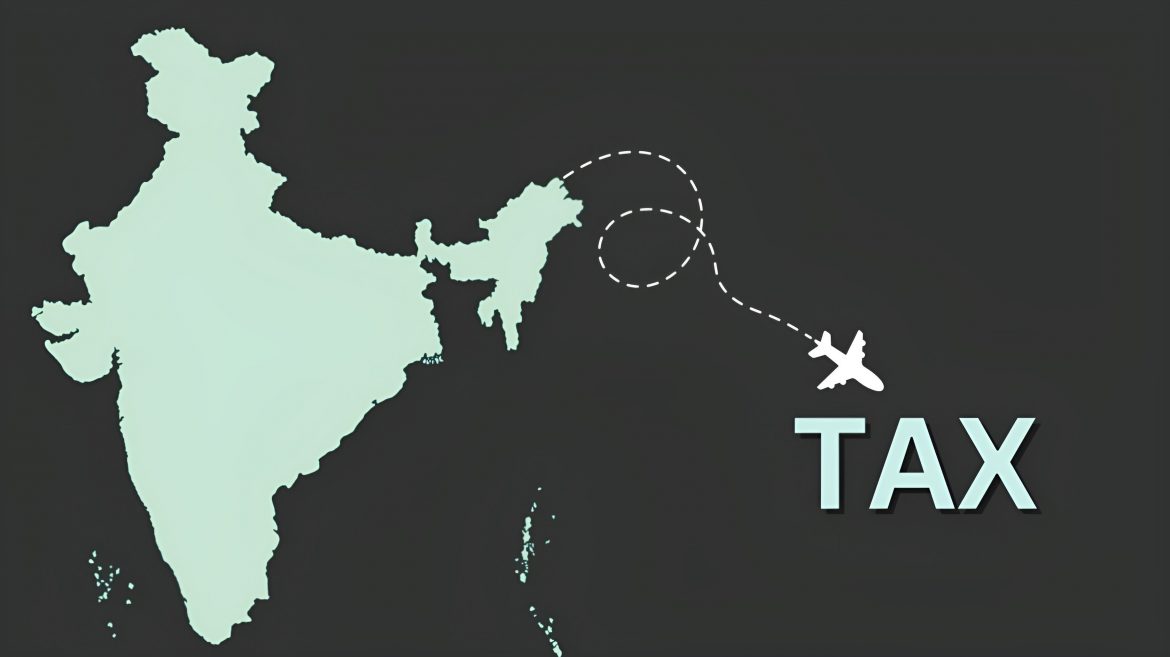The intricacies of tax are up to the next level to interpret. Has there been an instance where you haven’t paid tax?
Be it while you were joying over the delicacies at a restaurant, watching a featured film in the theatre, or when you receive your income. It isn’t just over!
So if you questioned why? It has a reason, which you must know rather than simply paying taxes without any understanding.
Where is the tax going anyway?
Do we realize that running a country with a humongous population isn’t easy? How do they even run?
The government needs money and that comes from the citizens of the country. It’s not just in India but in every other economy as well.
In India, the system of taxation is set by the government be it Central, State, Local, or Municipality. Well, no other entities can enforce it except the law.
Which is the 5th Largest Economy? India!
Digging deep for a closer look at the concept
When you pay tax, it is like a receipt for the government which it uses to pay the expenses that may be recurring or non-recurring. For instance, paying salaries for government employees is a recurring expense while pouring capital into long-term investments like urban development is a non-recurring expense.
Government receipts and expenses are two concepts to look at, to know what happens with the taxes you pay. If you think the government is running the entire country with taxes alone, then you are wrong.
Receipts are nothing but the revenue collected by the government whereas expenses are the payments that the government clears to run the operations and to keep the country going.
As per the union budget 2023 declaration, the revenue collected from tax constitutes 58% of the total receipt. If you just think about it, the remaining 42% is from other sources and which is from non-tax receipts and capital receipts.
So, a tax receipt of 58%, a non-tax receipt of 6%, and a capital receipt of 36% cumulatively make up 100% of the receipt. Now you know that tax revenue alone is not contributing to the total receipt.
On a general note, the majority of the tax revenue is from 17% of GST (Goods & Services Tax). There are various other sub-divisions in the receipts, but just for a brief understanding, knowing about the major classification is sufficient to start with.
Most of the taxpayers in India find paying taxes as a burden but it is important to understand that paying taxes is for “Civilization”. Well said by Justice Homes of the US Supreme Court, “Tax is a price for civilization”
Who’s pulling the strings of India’s Monetary Policy?
What happens to the revenue collected?
Government falls under 2 types of expenses. One is capital expenses and the other one is revenue expenses.
Capital expense is the one that is used for economic purposes. For say, building airports, installing steel plants, and many such implementations. These expenses are like an asset to the country, finishing which results in collecting greater revenue.
On the other end, revenue expenditure is not an asset or neither a liability for the government. It is spent on internal operations such as paying bills in the government office and clearing salaries to the employees, amongst many others.
Having said that, it’s just a brief of the expenses under two buckets, but there are various subdivisions in it. In fact, 20% of the expense is taken by the interest payment, followed by 17% for the state’s share of taxes & duties.
As of Jan 2023, India reported a tax revenue of $16.273 Billion. This gives us clarity as to where the collected revenue is moving.
Sometimes there comes a time to borrow
The terminology called fiscal deficit comes into the act when the total revenue is lesser than the expenditure. During this time the government borrows money to keep the economy running.
But it might lead to paying a larger interest rate to have borrowed money than having collected sufficient tax revenue. When the government borrows money for purposes like capital expenses, it is still worth it.
Tax isn’t a burden but a responsibility, indeed!
Most of our perspective towards tax might seem like it’s a burden but in fact, it is adding up for the GDP. A country is said to have good economic health when the Tax to GDP ratio is higher. And mostly all the developed countries at the present have achieved it.
As you see that India has become the 5th largest economy, and our contribution to the country can elevate it to the next higher position. Though the tax system might come out like an obligation to the citizens, it is the only means to help the government in running the economy effectively.
In India, only about 8.2 crores population out of 182 crores are paying taxes. Whereas few of the large private sectors are exempted from paying tax. The essential reasons are also that tax rates are high while the tax contribution rate is lower and on the other end, there is low per capita income and a high rate of poverty, leading to insufficient revenue.
The government must come up with an efficient taxation system going forward that not just keeps the economy moving but as well keeps the citizens happy.
After all, the reason people of a country pay taxes to the government is that the government shall improve the standard of living of the entire population using the capital that they collectively receive from the citizens nationwide. It is a legal obligation that instills a sense of pride in the face of a responsible citizen. Because, without such a population, the fabric of society will rip apart and will end up being dysfunctional!






